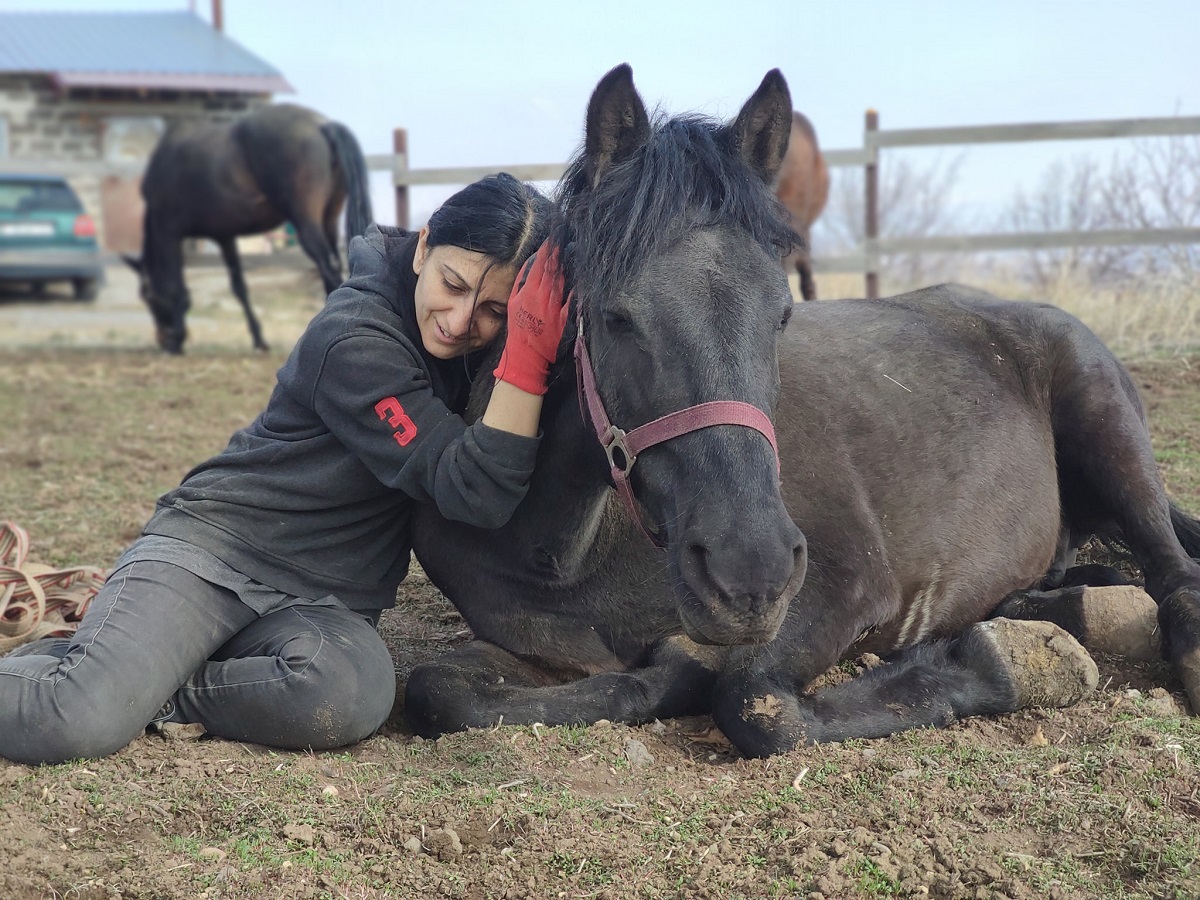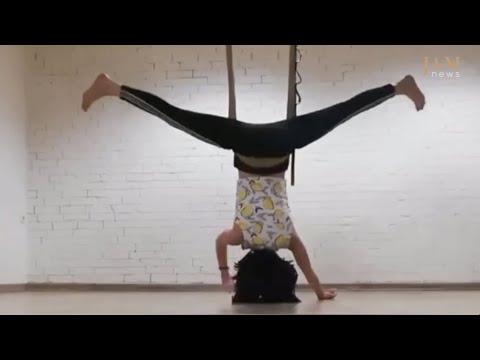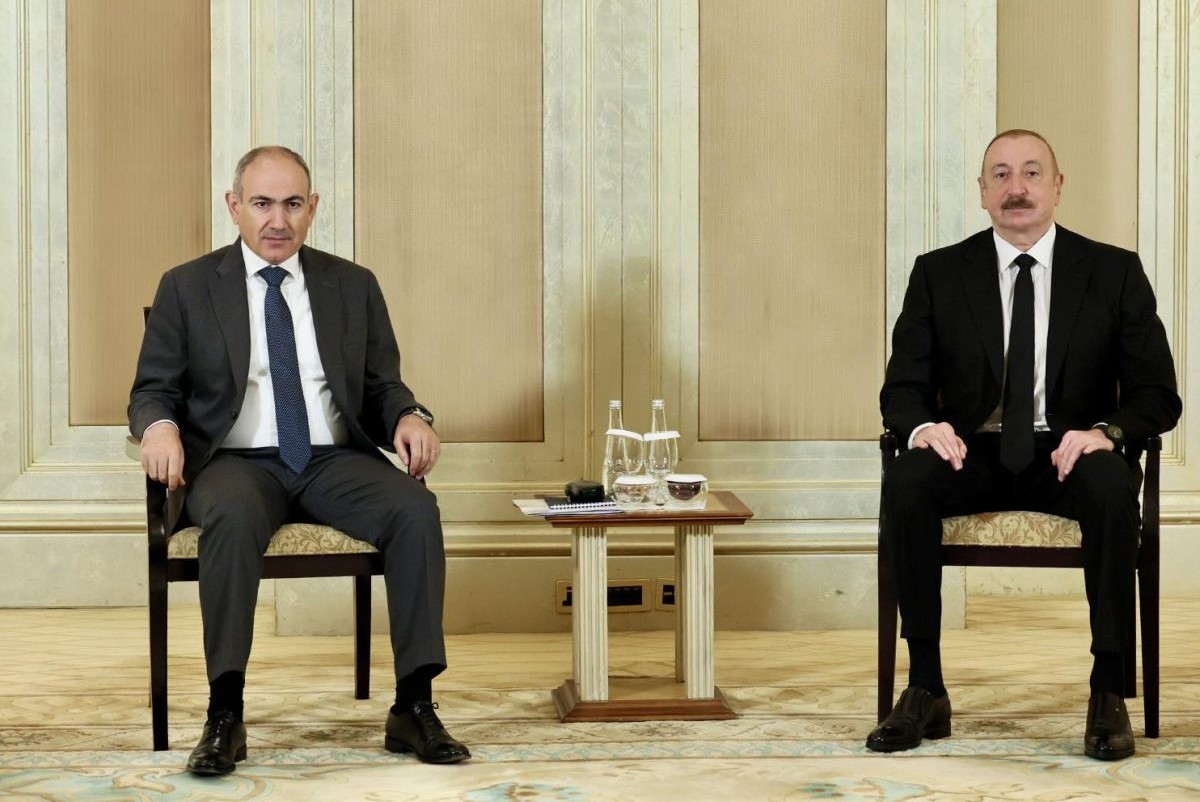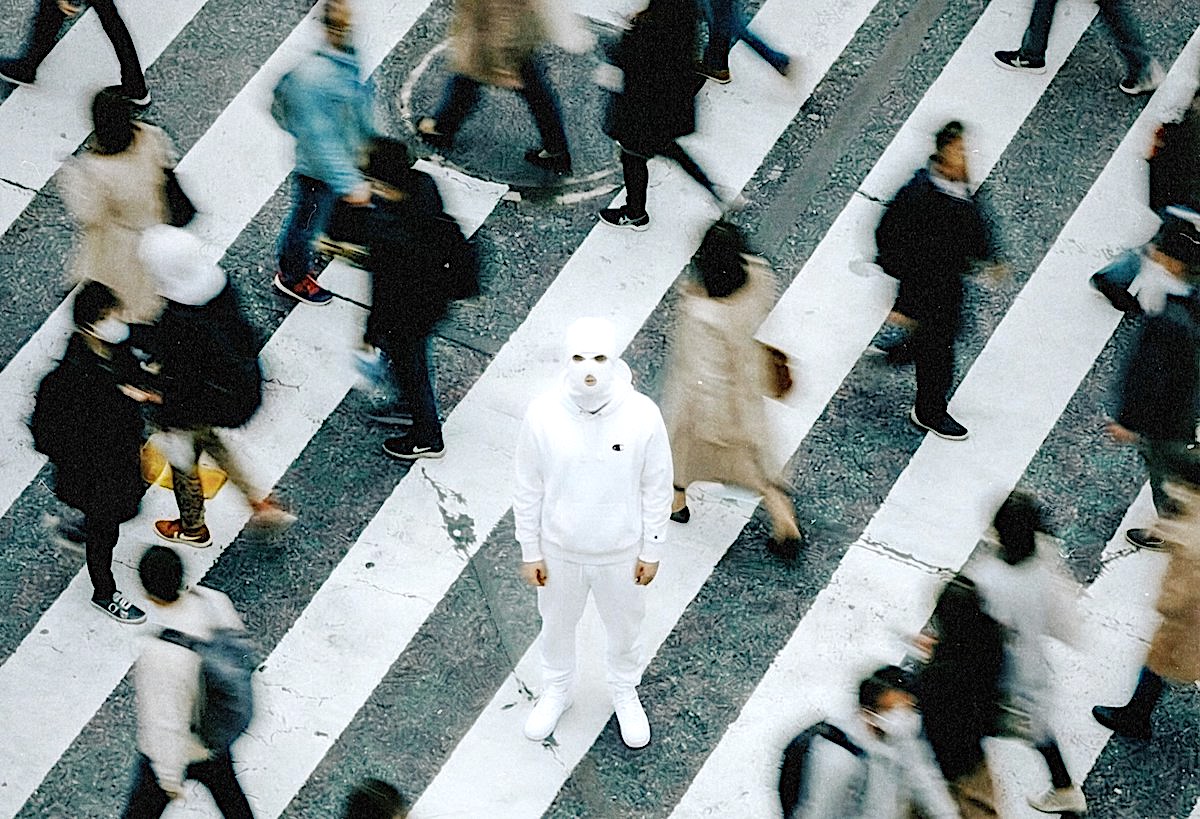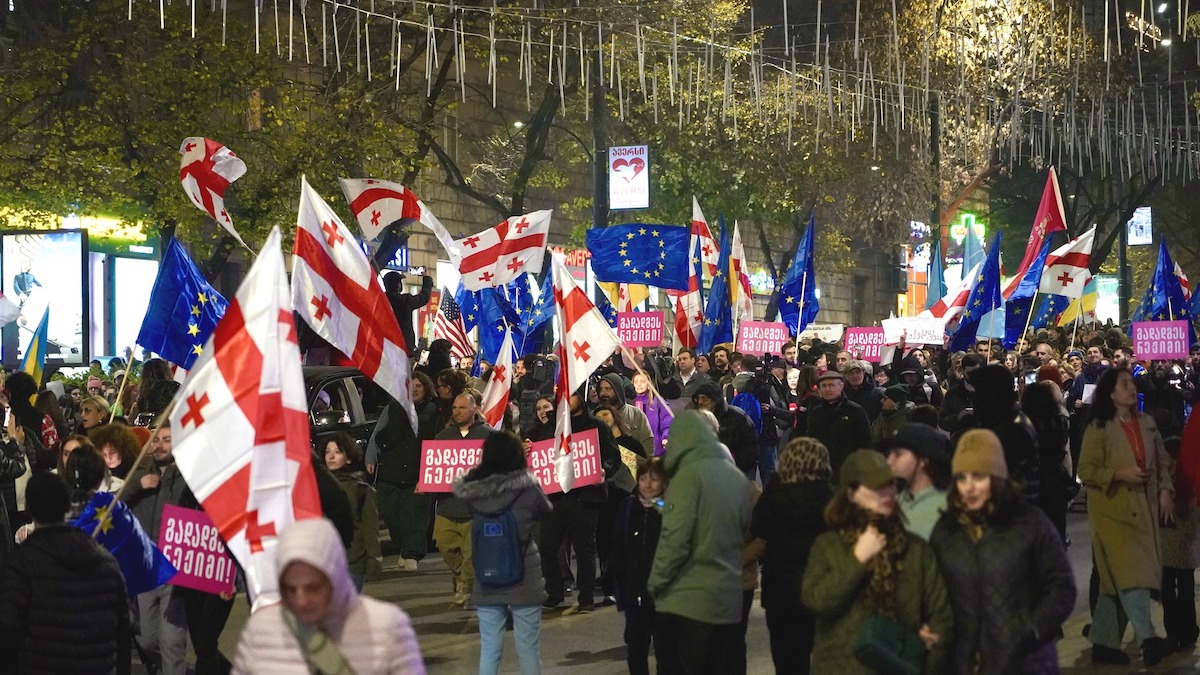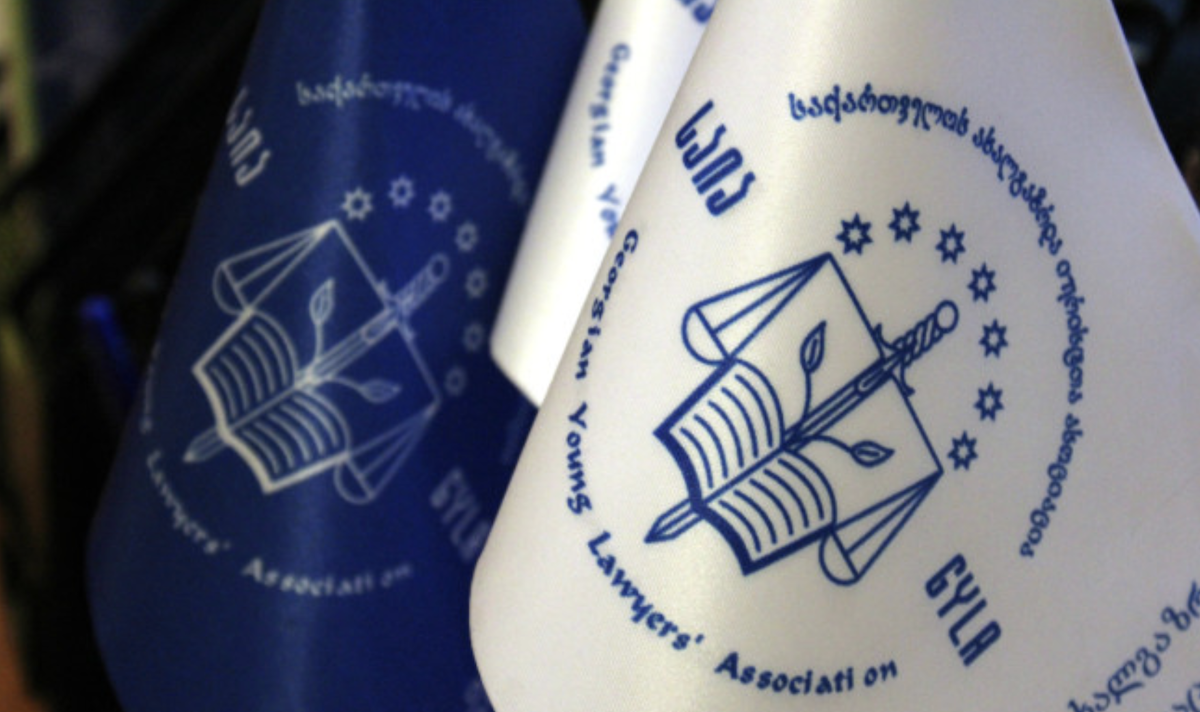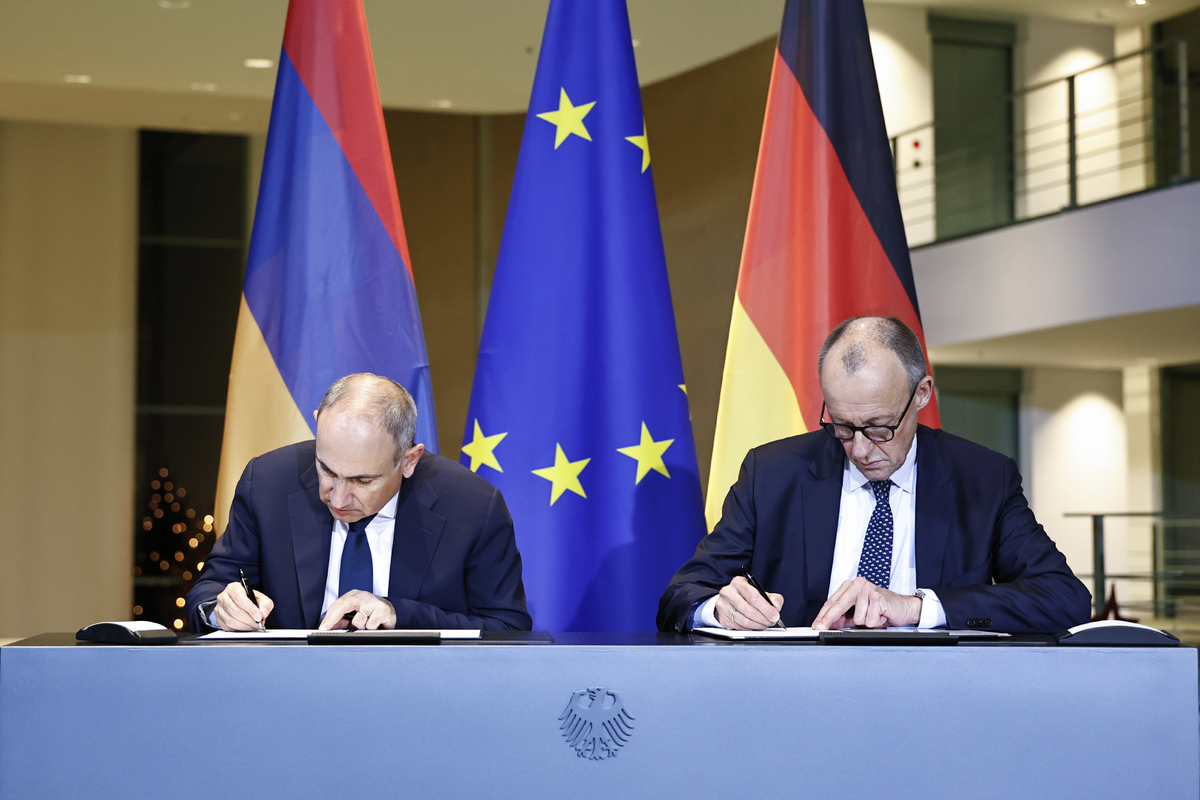New trend in Armenia: even elderly are joining fitness boom
Armenia embraces fitness trend
In post-Soviet Armenia, few people paid attention to leading a healthy lifestyle or staying physically active. But in recent years, the trend has begun to change. Outdoor gyms have appeared in Yerevan’s parks and residential courtyards, installed by city authorities — and they’re now used actively by both children and the elderly.
At the same time, numerous fitness clubs have opened in the capital and major regional cities. The growing promotion of a healthy lifestyle and model-like appearance seems to be drawing more people to gyms — from teenagers to seniors. Trainers say their clients share a common goal: to stay fit and maintain a youthful look for as long as possible.
Membership prices vary depending on available facilities. Clubs with swimming pools, saunas, parking and cafés are more expensive, but flexible pricing has helped boost overall demand.
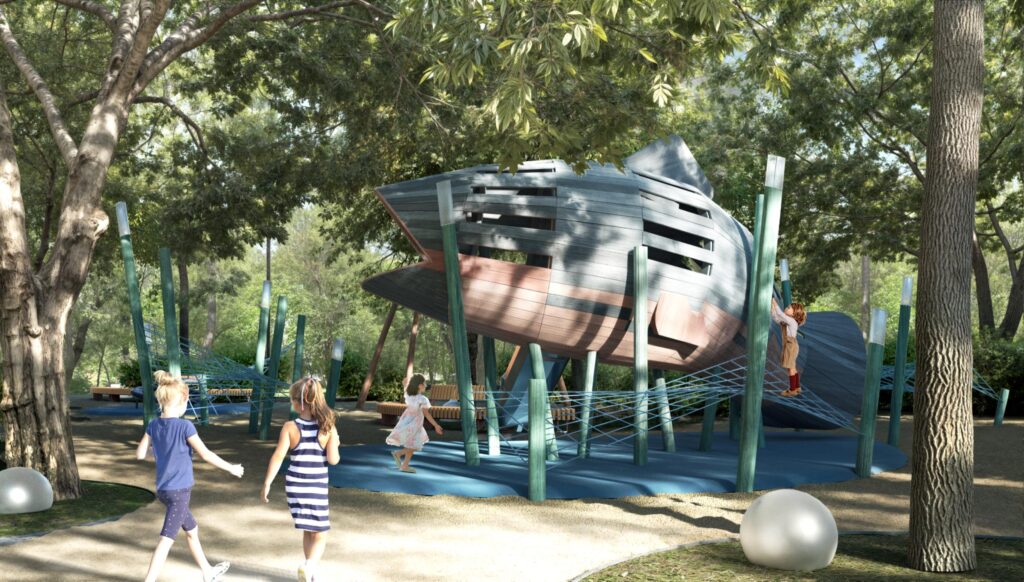
- New emotions, overcoming fears: the story of an extreme sports enthusiast from Yerevan
- Scandal in Yerevan: Azerbaijani national team refused to participate in the European Championship
- Henrikh Mkhitaryan: no “farewell match” with the national team
More on prices
The cheapest options are women-only fitness clubs, where monthly memberships cost as little as 10,000 drams ($26).
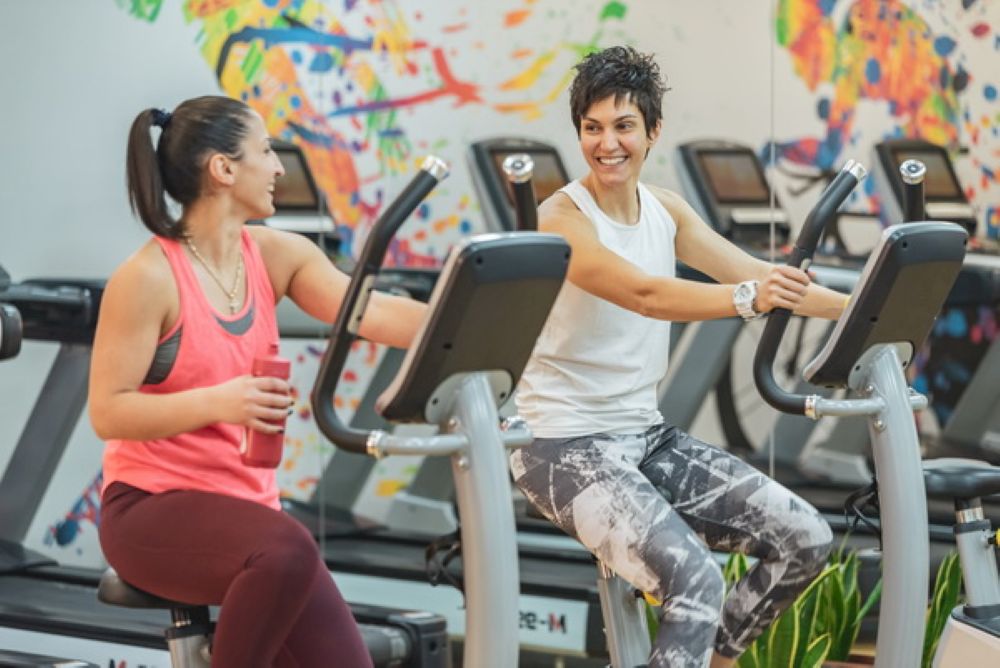
Memberships at premium Yerevan gyms cost around 65,000 AMD ($171) per month. These clubs offer fully equipped gyms, swimming pools, spa services, personal trainers, and on-site parking.
Mid-range memberships in the capital range from 20,000 to 30,000 AMD ($53–79), while in regional cities they cost 15,000–20,000 AMD ($39–53). Prices also vary depending on group or individual sessions, peak or off-peak hours, and additional services, such as consultations with a dietitian.
To understand how the system works, we visited several gyms in Yerevan. Managers did not disclose business details but confirmed that all necessary information is available on their social media pages. Marketing teams develop the clubs’ business strategies, and owners report stable year-round attendance. They deliberately avoid attracting excessive attention to maintain control over high demand.
«Тренировки меняют не только внешность, но и настроение человека»
Aram works as a trainer at one of Yerevan’s well-known gyms. He says he is happy with his life — he earns a good salary, enjoys his work, and trains motivated clients. He stresses that he focuses on results, tailoring his approach to each individual:
“Working with a woman who recently gave birth requires a specific program, while a young man looking to build muscle needs a completely different approach. Those over 50 are a separate group. We also consider clients’ bad habits and personal characteristics during sessions. There are many important nuances, and if you overlook them, the desired results won’t be achieved.”
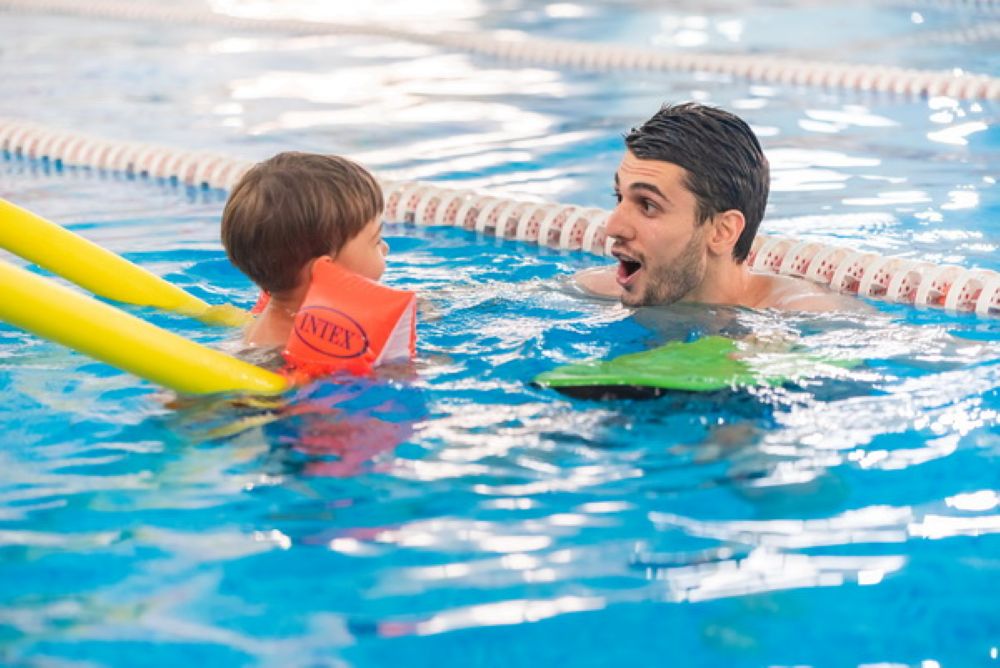
He notes changes over the past three years: the number of visitors has grown significantly, their age range has shifted, and expectations for gyms and trainers have increased:
“Five years ago, most of my clients were middle-aged. Now I have four groups: under 20s aiming to lose or gain weight, middle-aged men and women seeking to build muscle, those over 50 wanting to stay active and lose weight.”
According to him, people now pay more attention to the trainer’s qualifications, the gym’s equipment, and even ask about the country of origin of the machines.
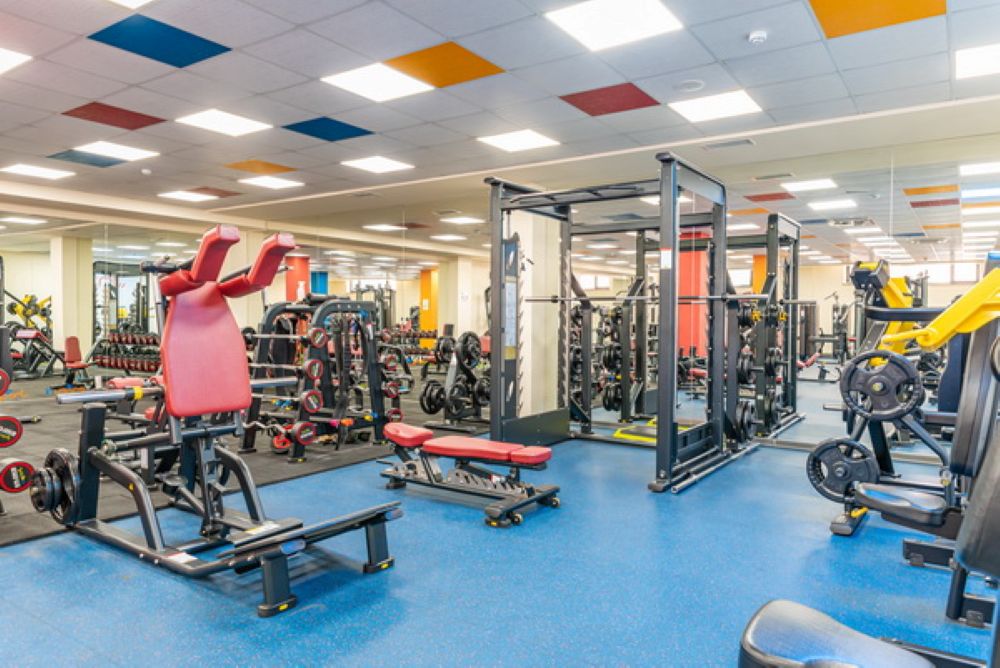
Previously, gyms mainly attracted wealthier clients, but now fitness clubs are accessible to everyone.
“I’m really pleased with this activity. Most people come to slim down, but at the same time they improve their health. Someone who exercises is healthier, has more energy, a better mood, is motivated and ready for change. Flexible pricing allows people to train with a coach or on their own, visit the gym with family. They can swim, have a meal, and make new friends—all in one place,” says Aram.
Gyms as social hubs
Marianna Khachatryan, a sociologist studying the social impact of changes in urban environments, notes that many people now seek interaction beyond social media:
“People often visit gyms and beauty salons specifically for socializing. In our city, opportunities for real-life interaction are limited. There aren’t many large, open parks, galleries, or exhibition spaces. People need communication outside restaurants and cafes — a different kind of interaction.”
In recent years, she observes, communities have formed around professional and personal interests — bloggers, doctors, contemporary writers.
“Alongside professional networks, people use alternative spaces to meet new contacts. In some cases, it’s shared professions; in others, shared interests and desires.”
Khachatryan adds that Armenians are now more open to building new social connections, partly as a way to overcome post-war stress and temporarily escape everyday problems.
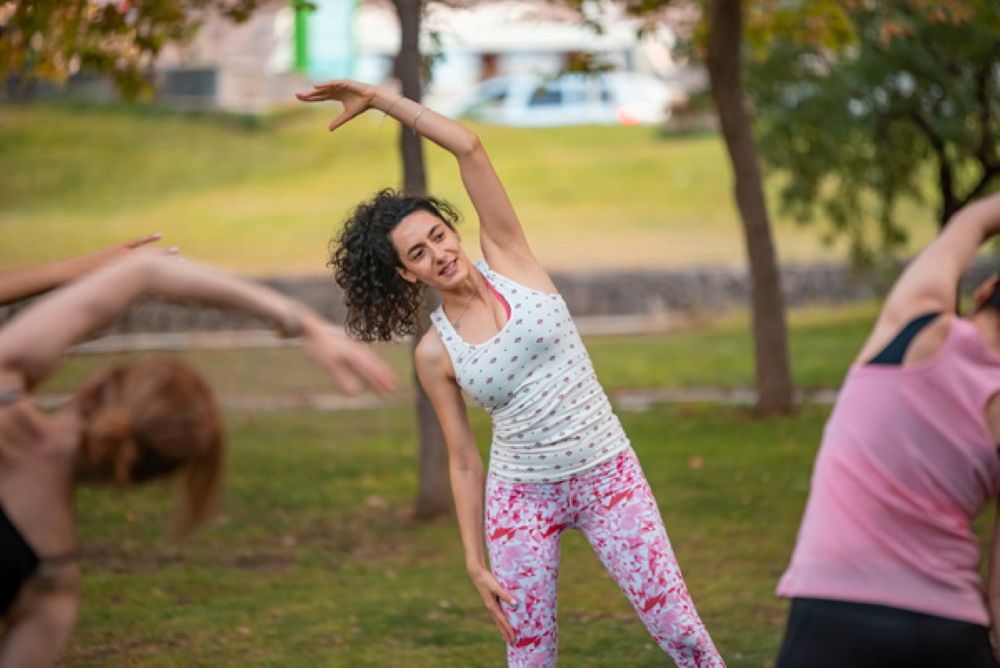
Survey results show many young people use fitness spaces to seek partners for stable relationships:
“When asked about their expectations from fitness clubs, responses included: get in shape, boost self-esteem, and find a friend or partner. More than half confirmed they had already improved their fitness and met someone.”
Sociologist Marianna Khachatryan views these changes positively:
“A few years ago, due to internet dependence, people were fully absorbed in social networks. Many had no need for face-to-face interaction. It’s encouraging that now they go out, breaking the frameworks and stereotypes they had created themselves.”
Armenia embraces fitness trend










